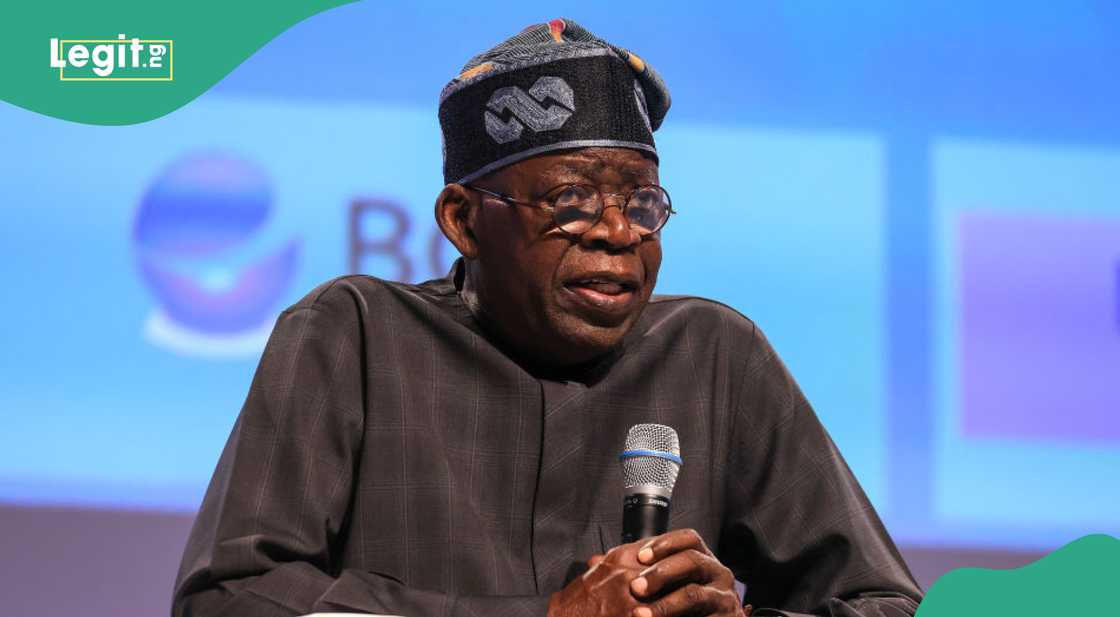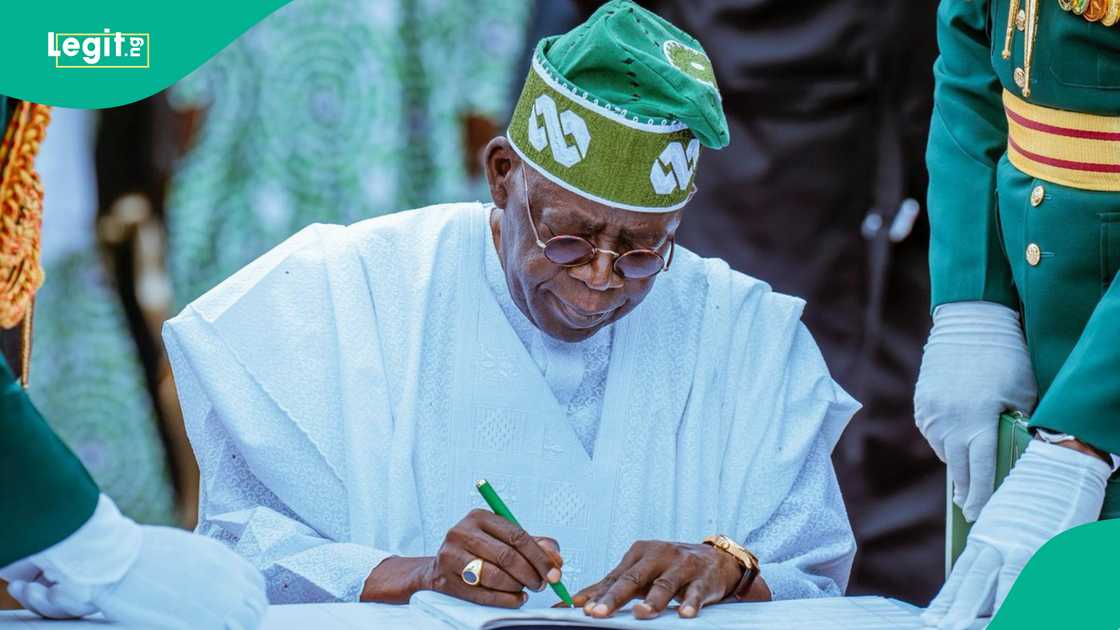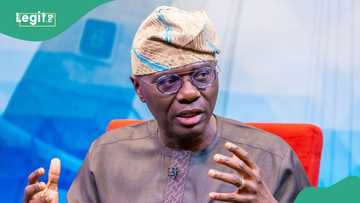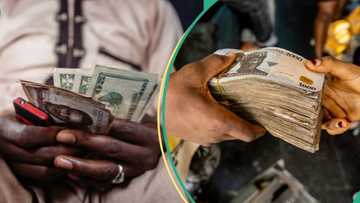DMO Lists Nigeria’s Top Creditors as Public Debt Hits N152 Trillion in 2025
- Nigeria’s public debt has hit an unprecedented N152.4 trillion as of June 30, 2025, under President Bola Tinubu
- The country’s debt profile ballooned by N3 trillion in just three months, showing Nigeria’s dependence on external borrowing
- New data from the Debt Management Office (DMO) showed that the World Bank remained Nigeria’s top lender in the review period
Pascal Oparada, a reporter for Legit.ng, has over ten years of experience covering technology, energy, stocks, investment, and the economy.
Nigeria’s total public debt has soared to N152.4 trillion as of June 2025, according to new data from the Debt Management Office (DMO).
That’s a N3 trillion rise in just three months, another sign that borrowing remains a lifeline for the government amid struggling revenues and foreign exchange volatility.

Source: Getty Images
But beyond the numbers, what does this mean for ordinary Nigerians? Here’s a breakdown of who Nigeria owes—and how the debt impacts everyday life.
The World Bank tops Nigeria’s credit list
The World Bank is Nigeria’s largest creditor, holding $18.04 billion, or 38% of external debt. Most of this comes through the International Development Association (IDA), which lends on concessional terms.
While these loans come with lower interest rates, they also tie Nigeria to strict repayment schedules and policy reforms, influencing how much the government can spend on welfare or infrastructure.
China, Eurobond holders: The costlier side of borrowing
According to the DMO, Nigeria owes $4.91 billion to China’s Exim Bank and $17.32 billion in Eurobonds, commercial debts that come with higher interest rates.
This means that as global rates rise, servicing these debts drains more of Nigeria’s income, leaving less for salaries, public hospitals, or roads. Analysts warn this could expose Nigeria to default risks if revenues don’t improve.
Domestic borrowing: The silent burden
At home, domestic debt climbed to N80.55 trillion, up by N1.79 trillion since March. Most of this sits in Federal Government bonds (N60.65 trillion) and Ways and Means, essentially overdrafts from the Central Bank, now converted into long-term loans.
This internal borrowing crowds out private investment, making it harder for small businesses to access credit and pushing up lending rates for ordinary Nigerians.
The inflation connection
When the government borrows heavily, it often prints more naira to meet obligations, fueling inflation. This makes essentials like food, transport, and housing more expensive.
Every new debt issuance can subtly devalue purchasing power, making life tougher for the average Nigerian.
Exchange rate pressures
With $99.66 billion in total foreign debt, Nigeria’s obligations are tied to the dollar. Every time the naira weakens, debt servicing costs rise.
This not only erodes forex reserves but also increases the cost of imports, further worsening inflation and hurting local manufacturers dependent on foreign inputs.
States are not left out
Subnational governments, 36 states and the FCT owe N11.32 trillion, with $4.81 billion of that in foreign loans.
Many states spend a large chunk of their revenue on debt repayment, leaving little for salaries, education, or health.
This explains delayed salaries, abandoned projects, and poor service delivery across the country.

Source: Facebook
The human impact: From job losses to lower growth
The ripple effect of Nigeria’s ballooning debt means less government spending on growth sectors. As debt servicing consumes nearly 90% of revenue, there’s little left for infrastructure or industrial policy.
In real terms, this translates to slower job creation, reduced social spending, and increased poverty, even as the government insists debt levels are “sustainable.”
The bottom line: Who’s bearing the brunt?
Nigeria’s debt may still be within “sustainable” limits on paper, but for millions of Nigerians, the cost is already visible in rising prices, shrinking incomes, and limited opportunities.
Until borrowing is matched with productive investments and better revenue generation, the debt trap will remain a heavy chain on the nation’s economy—and on its people.
Lagos leads Nigerian States with the highest external debt
Legit.ng earlier reported that an analysis of yearly debt movement shows that Nigeria’s commercial debt service payments increased by 23.7% from $1.93 billion in 2023 to $1.47 billion in 2024.
Nigeria’s multilateral debt service experienced a significant decline of 112.4% from $1.23 billion in 2023 to $2.62 billion last year.
The country’s bilateral debt service remained slightly stable, rising marginally from $344.57 million in 2023 to $570.67 million in 2024.
Proofreading by Funmilayo Aremu, copy editor at Legit.ng.
Source: Legit.ng






